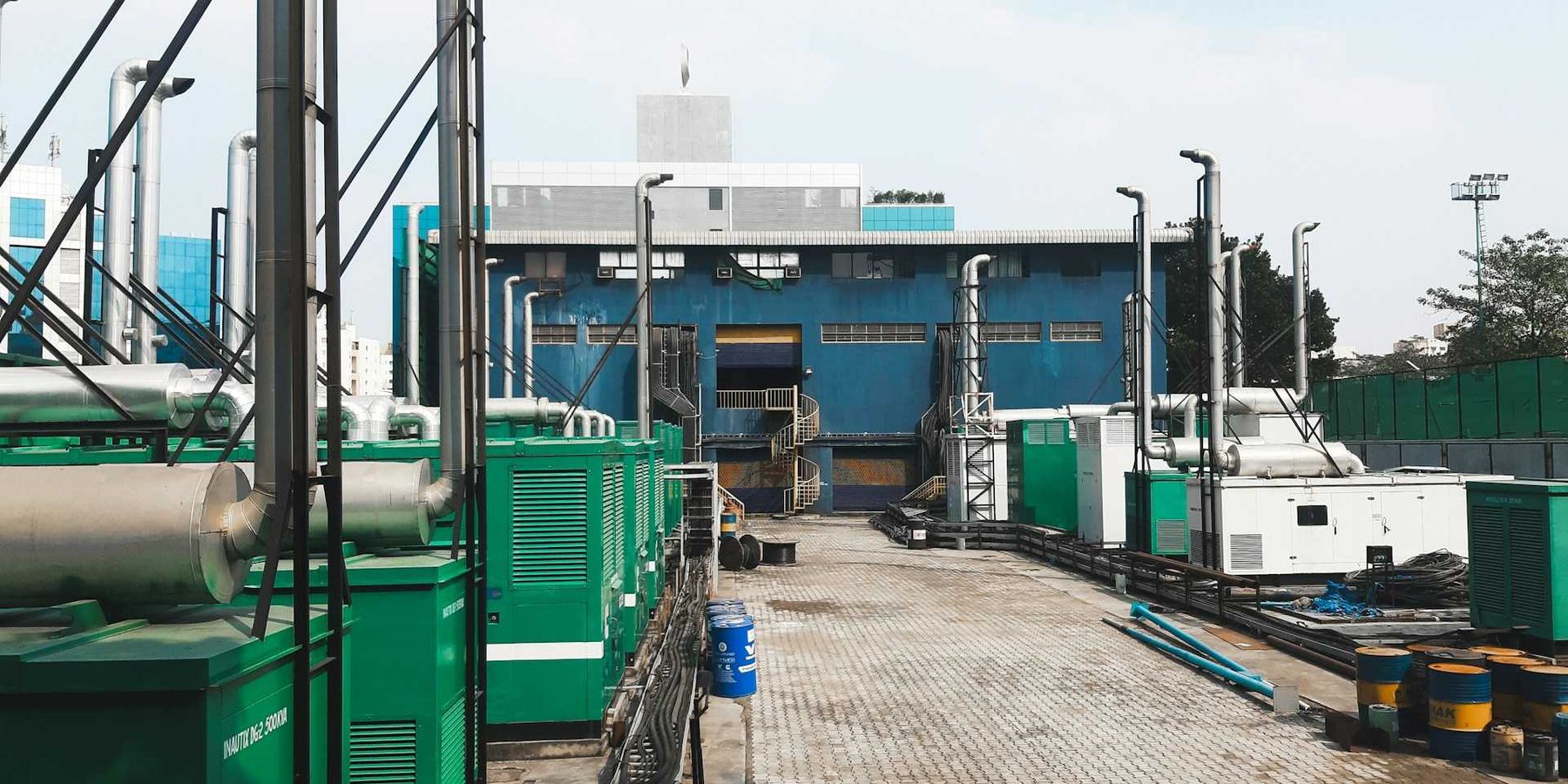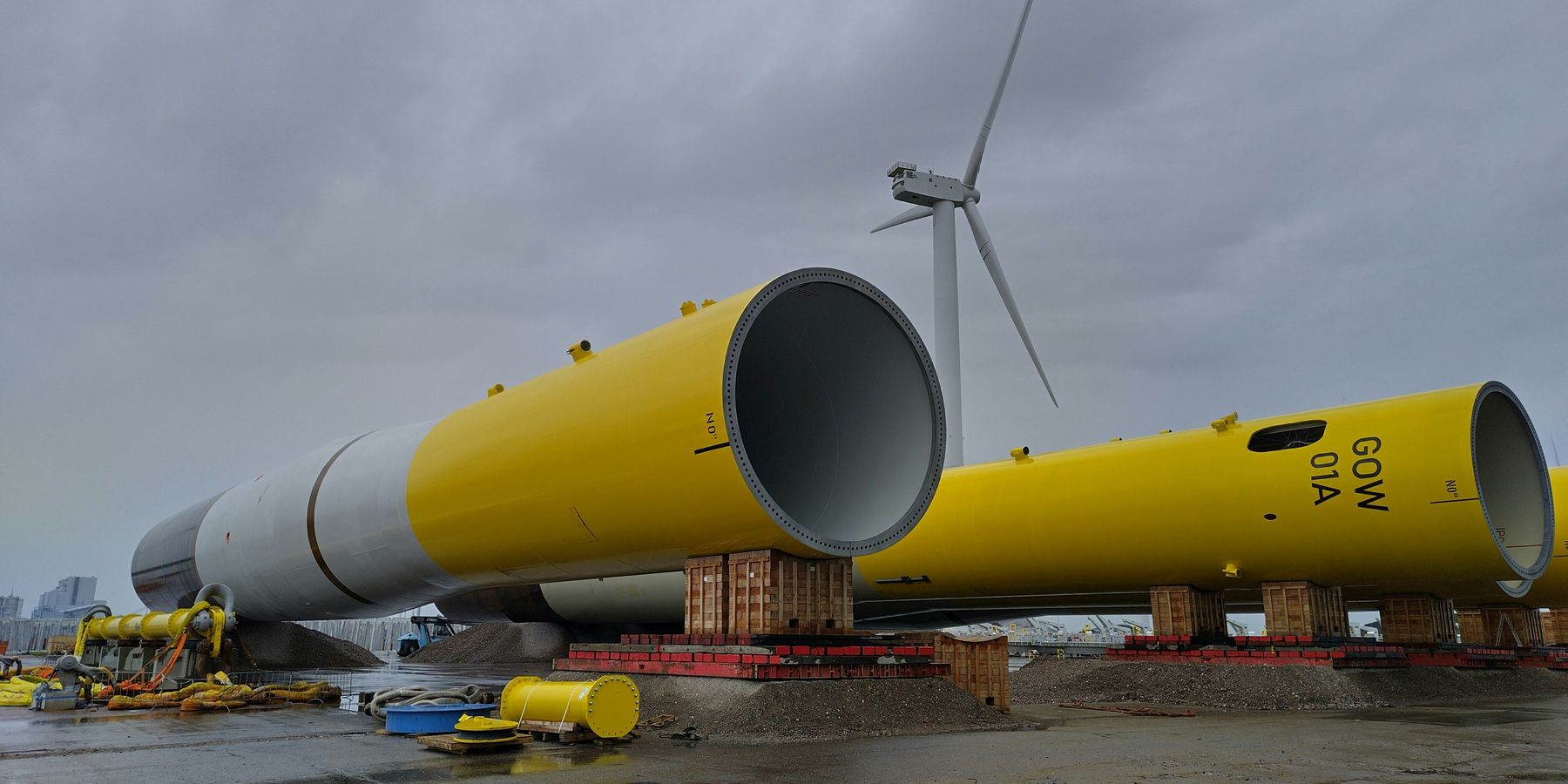schools
Schools across the US are removing asphalt to reduce heat risks
Schools are transforming asphalt playgrounds into greener spaces to combat extreme heat, which has become more dangerous as temperatures rise.
In short:
- Asphalt schoolyards magnify heat risks, with some surfaces reaching 145°F, putting children at risk of burns and heat illness.
- Efforts to green these spaces are expanding, with cities like Los Angeles and Philadelphia leading projects to add trees and reduce pavement.
- Costs and funding disparities make it harder for low-income school districts to implement these changes, despite the urgency.
Key quote:
“When you plant trees, you also get benefits for children’s well-being, for their learning, for play, for community access.”
— Sharon Danks, CEO of Green Schoolyards America
Why this matters:
Extreme heat in urban schools poses a growing danger to children, especially in low-income areas. Greening schoolyards offers a solution that improves health, safety and learning conditions.
Related EHN coverage:
Fossil fuel emissions disrupt education worldwide
Rising global temperatures, driven by fossil fuel use, are causing widespread school closures, threatening education progress for millions of children.
In short:
- Extreme heat has led to significant school closures in countries like Pakistan, Bangladesh and the Philippines, affecting millions of students.
- Children today experience far more extreme heat days than previous generations, with those in low-income countries most affected.
- Climate change is projected to worsen these disruptions, with children in vulnerable regions facing the greatest educational setbacks.
Key quote:
“We are deeply concerned that the number of extreme heat days is going to indirectly lead to learning loss.”
— Lily Caprani, chief of advocacy for Unicef.
Why this matters:
The educational progress made in recent decades is at risk, particularly in the world's most climate-vulnerable regions. Without significant adaptation and mitigation efforts, millions of children could be deprived of their right to education.
Chicago teachers push for climate initiatives in new contract
The Chicago Teachers Union demands climate-focused upgrades like solar panels and electric buses in their new contract negotiations with Chicago Public Schools.
In short:
- The CTU's contract proposal includes solar panels, heat pumps, and electric buses to combat climate change impacts on over 500 schools.
- Negotiations, held publicly, revealed both sides agree on the need for climate action but struggle with funding the necessary changes.
- Chicago schools face significant infrastructure challenges, with many buildings over 80 years old and high climate-driven maintenance costs.
Key quote:
"Chicago’s buildings, including school buildings, are a major source of carbon emissions."
— Lauren Bianchi, Chicago teacher and chair of the CTU’s Climate Justice Committee
Why this matters:
This shift could lead to a healthier environment for schoolchildren. Solar panels and electric buses reduce the reliance on fossil fuels, leading to cleaner air and fewer greenhouse gas emissions. This can have a direct impact on the health of students, particularly those with asthma and other respiratory conditions exacerbated by pollution.
More schools in cooler climates now need costly air conditioning
As heat waves move north, schools that once didn’t need air conditioning are now facing high costs to keep classrooms cool.
Anna Phillips and Veronica Penney report for The Washington Post.
In short:
- Many schools built before the 1970s are struggling with higher temperatures due to climate change.
- The estimated cost to install air conditioning in affected schools exceeds $40 billion.
- School districts are struggling to secure funding for necessary upgrades.
Key quote:
“We have had situations where it’s been 88 degrees outside but the real feel in the classrooms is well over 90 degrees because of the humidity.”
— Shari Obrenski, president of the Cleveland Teachers Union
Why this matters:
Rising temperatures can disrupt education and pose health risks to students and staff. Without adequate cooling, schools may experience more closures, affecting academic performance and well-being. The situation is particularly challenging for low-income districts that may lack the resources to make these necessary upgrades.
Rooftops of schools and stores could power underserved communities
A recent study suggests that solar panels on large commercial and public buildings could significantly reduce the energy equity gap in disadvantaged neighborhoods.
In short:
- The study, led by Stanford University, found installing solar panels on nonresidential buildings could meet 20% of the power needs in marginalized communities.
- Despite the availability of federal programs aimed at fairer energy access, a notable gap persists in solar power generation between affluent and disadvantaged neighborhoods.
- Community solar projects, supported by recent federal funding, offer a promising avenue for expanding renewable energy access across the United States.
Key quote:
"The renewable energy transition is one of the big pillars of where the government is seeking to spend money. Our research is suppose to contribute to narrowing the equity gap, and to provide an idea of how this can be accomplished."
— Moritz Wussow, data and climate scientist at Stanford University
Why this matters:
From an environmental standpoint, increasing the adoption of solar power reduces the reliance on fossil fuels, thereby decreasing air pollution and improving public health outcomes. This is especially important for underserved communities, which are often located near polluting industries and suffer from higher rates of asthma and other pollution-related health issues.









